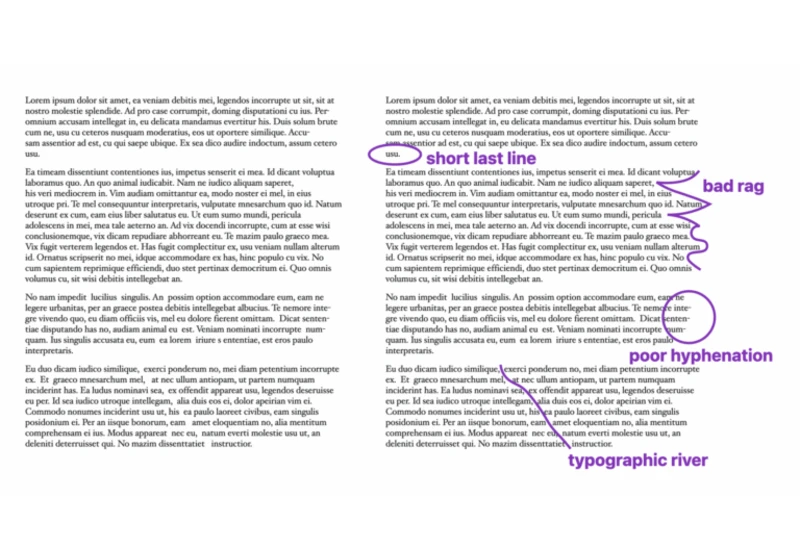
In this post, Blackle Mori shows you a few of the hacks found while trying to push the limits of Cohost’s HTML support. Use these if you dare, lest you too get labelled a CSS criminal.
The Lost CSS Tricks of Cohost.org originally published on CSS-Tricks, which is part of the

Yay, let's jump for text-wrap: pretty landing in Safari Technology Preview! But beware that it's different from how it works in Chromium browsers.
“Pretty” is in the eye of the beholder originally published on CSS-Tricks, which is part of the

There was once upon a time when native CSS lacked many essential features, leaving developers to come up with all sorts of ways to make CSS easier to write over the years.
So, You Want to Give Up CSS Pre- and Post-Processors… originally published on CSS-Tricks, which is part of the

Tips and tricks on utilizing the CSS backdrop-filter property to style user interfaces. You’ll learn how to layer backdrop filters among multiple elements, and integrate them with other CSS graphical effects to create elaborate designs.
Using CSS backdrop-filter for UI Effects originally published on CSS-Tricks, whi

Custom cursors with CSS are great, but we can take things to the next level with JavaScript. Using JavaScript, we can transition between cursor states, place dynamic text within the cursor, apply complex animations, and apply filters.
Next Level CSS Styling for Cursors originally published on CSS-Tricks, which is part of the

This CSS-Tricks update highlights significant progress in the Almanac, recent podcast appearances, a new CSS counters guide, and the addition of several new authors contributing valuable content.
CSS-Tricks Chronicles XLIII originally published on CSS-Tricks, which is part of the

If I were starting with CSS today for the very first time, I would first want to spend time understanding writing modes because that’s a great place to wrap your head around direction and document flow. But right after that, …
Cascading Layouts: A Workshop on Resilient CSS Layouts originally publishe

Most of the time, people showcase Tailwind's @apply feature with one of Tailwind's single-property utilities (which changes a single CSS declaration). When showcased this way, @apply doesn't sound promising at all. So obviously, nobody wants to use it. Personally, I think Tailwind's @apply feature is better than described.

Chrome has prototyped these features and released them in Chrome 135. Adam Argyle has a wonderful explainer over at the Chrome Developer blog. Kevin Powell has an equally wonderful video where he follows the explainer. This post is me taking notes from them.
CSS Carousels originally published on CSS-Tricks, which is part of the

Deploying like an idiot comes down to a mismatch between the tools you use to deploy and the reward in complexity reduced versus complexity added.
Feeling Like I Have No Release: A Journey Towards Sane Deployments originally published on CSS-Tricks, which is part of the